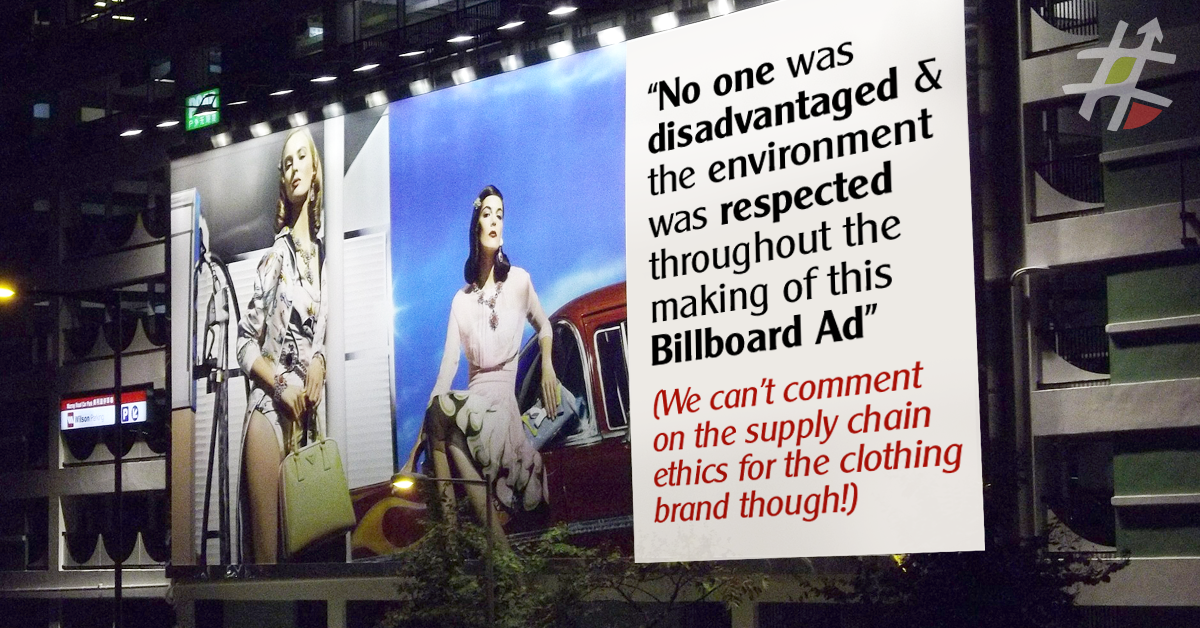By now we’re all aware that the internet has brought about a retail apocalypse. Most of us tend to think this is due to the availability of online goods at significantly reduced prices. If reduced prices were all the internet offered, though, then only price-sensitive consumers would have been lured away from brick and mortar retailers. In reality, the online store killed the shopping mall because it offered consumers the best of everything: price, quality, convenience and a vast range.
But now that we can seemingly get everything online, what are we selling and how are we doing it? More importantly, what role does procurement have to play in the post-apocalyptic retail landscape?
Marketing 101 is no longer
Marketing 101 dictates that you must differentiate yourself on either price or quality. If you are differentiating on price, then you must convince your customers that you are the cheapest or, at the very least, the best value at that price. If quality is your selling point, you usually have more flexibility on how you position yourself, but your primary feature is still quality.
All of this is, of course, how it used to be, back when procurement had clear and defined goals. Best price meant the leanest supply chain; highest quality emphasised exactly that. Today, it isn’t so simple.
Now, there are countless providers offering the same good at the same price point, and countless providers offering the same quality. So how do we separate ourselves from the pack if the old standbys of price and quality are no longer the go-to differentiators? Incentivise
The axis that rules them all
There has always been another axis in the retail-consumer distribution graph – the axis of value. Fairtrade coffee, free-range eggs, keep cups made from recycled materials – all rely on value as their differentiation. Value is the currency of new retail because it can be the point of difference within price and quality. If two products are of the same quality but one is ‘climate friendly’, customers are likely to choose that one. Again, vegan consumers can be as price sensitive as anyone, but they are vegan first.
So, if value is the new currency, how does one claim it? It starts with procurement.
Coca Cola and Pepsi don’t compete on price or quality. Their differentiation and perceived brand value are based entirely on marketing or, in other words, the feelings each brand evokes. But marketing value is different to ethical or philosophical value; neither Pepsi nor Coca Cola can position themselves as vegan, climate-friendly or sustainable without overhauling their supply chains. In the landscape of new retail, you can’t simply market yourself as having a slave-free or carbon neutral procurement process. The age of information demands that you are who you claim to be. Your procurement process must be aligned with your values, or you will be found out.
Retail Transparency + Accountability = Loyalty
If you’re in any doubt as to the important of ethics in retail today, take note of this: 92% of millennials are more likely to buy products from ethical companies.
New retail is about transparency, accountability and capturing consumer loyalty by aligning your values with the customer’s values. That’s hard work. Let’s be clear. Old retail did not have to work this hard because it had inconvenience on its side. If your local shopping centre didn’t sell a particular item, you’d have a hard time getting your hands on it. There were, of course, mail-order catalogues but they had nowhere near the convenience of a Google search. The exhaustion of daily life kept consumers loyal to their local shop and whatever they chose to sell.
But when you can order exactly what you want from whomever you want at 2 am, while on the couch in your pjs, purchasing based on your values has never been easier. This is why procurement processes have to be squeaky clean if that’s a part of your value. People will desert a brand faster than Nick Kyrgios a tennis match if they get even a whiff of disingenuous behaviour. If you claim to be climate-friendly, your procurement must be so. Your values must be backed up by your supply chain; they must be embedded within its very structure.
It’s hard, but the rewards – an extremely loyal customer base – are worth it.








